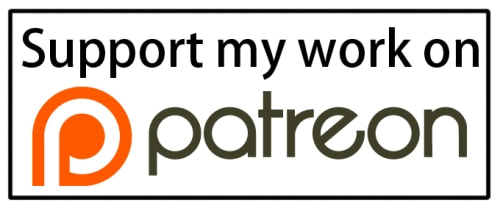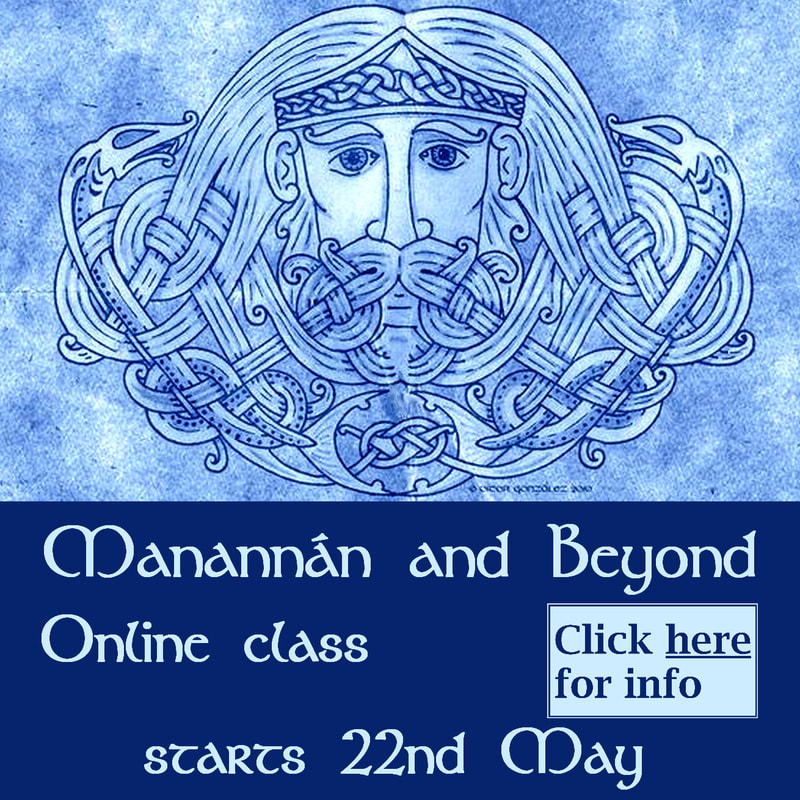It was also around that time that the call to Paganism (and in my case that always meant the call of Celtic deities) began to get really strong. There was no internet back then, and not many books. I was never drawn to witchcraft or Wicca, so I pieced information together from a variety of sources. I spent a lot of time at the library, and a lot of time at the tops of hills communing with rocks, or just walking. No doubt there were Pagan groups around Edinburgh, but I was a lot shyer in those days than I am now, and extremely busy, so I never connected with them. I kind of regret that now, but can’t change it. I built relationships with Bride, and Lugh, and Belenos early on. Later with Epona and Mabon ap Modron and Manannán mac Lir.
But consider Scotland. Especially southern Scotland, where I come from. It is a complete crossroads of the different Celtic cultures. The entire island of Britain used to be Brythonic-speaking. (Brythonic is the group of Celtic languages to which Welsh, Cornish and Breton belong.) It was undoubtedly a patchwork of different subcultures and dialects – but it is also likely that the similarity of languages implies a similarity of culture and religion. It’s hard to say whether a concrete idea of Pictland, for example, existed before the Romans turned up and defined it by building Hadrian’s wall. So the Brythonic continuum was split, north and south, and it seems like Roman soldiers from parts of Gaul may have imported some deities when they arrived, judging from the inscriptions to deities like Epona and Maponos at Roman settlements and forts, of which there are many along the wall.
Of course, the island of Britain, even the north, had contact with Gaul before that, and since there are no inscriptions to tell us what was going on until the Romans turned up, perhaps these deities were already important, just not recorded. The area around the Forth and Clyde seems to have been a kind of bridge between Hen Ogledd (The Old North) and the Picts. But perhaps Hen Ogledd didn’t really come into focus as an entity until the Romans were starting to withdraw. The wall, itself, must have created its own cultural, political and economic zone. Maybe the wall created Hen Ogledd.
It’s also possible that the Epidii, who were centred around Islay and Kintyre, had cultural connections with the northeast corner of Ireland long before the emergence of Dalriada. (This might account for the strong connections between Macha of the Ulster Cycle and horses – but that’s another blog post!) However that played out, by the 6th century the invaders/settlers from Ireland (called Scots, remember) had arrived, bringing their Irish language which evolved into Gàidhlig (Scottish Gaelic), which in turn became the dominant language of Scotland over the following centuries. The thing is, though, that by this time both Britain and Ireland were also becoming heavily Christianised, so while the Irish language and culture came to Scotland, it’s hard to say which pre-Christian Irish beliefs or practices were still considered important. My sense is that while the deities we perceive as Irish are in Scotland, too, their roots don’t go as deep.
I realise that this potted history of Scotland I’ve just given is pretty fuzzy. The truth is that we lack much in the way of detail about Scottish history for the eras I’ve talked about. There are many competing theories, and what you believe may depend on which authors you think are right or what scenario best fits your worldview. I’m old enough to know that fashions in how we interpret the evidence come and go. There is reasonable evidence for the worship of deities that we usually think of as Brythonic, Irish, and Gaulish in Scotland. Not that I think anyone has to justify their relationship with any deity based on where they live.
Some would also claim The Cailleach. Certainly, there are one, or several, Cailleach characters associated with weather, deer, mountains, or creating landscapes in folklore from different parts of Scotland. However, there are Cailleach figures in Ireland, too, and a few very similar figures in Wales. Scottish folklore offers us an array of legendary figures who may or may not be deities – from saints to giants to Fionn MacCumhaill.
Then there is the mysterious Shony/Seónaidh to whom libations were given in Lewis and Iona accompanied by prayers for an abundance of seaweed. Some associate Shony with Manannán mac Lir, but that is just a possibility. Manannán, Himself, has several placenames associated with Him where the mouth of the Forth begins to narrow, which seem to mark out a region known in Brythonic poetry as Manaw Gododdin. (The Gododdin were a tribe whose seat was probably Edinburgh, and who seem to have controlled lands to the south.) And so the gods of the Gaels and the gods of the Britons become difficult to separate, but there are at least a few genuinely Scottish deities who we can still identify.
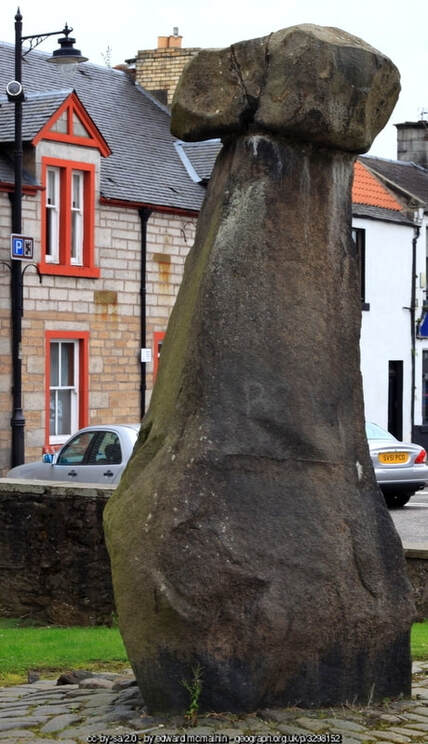

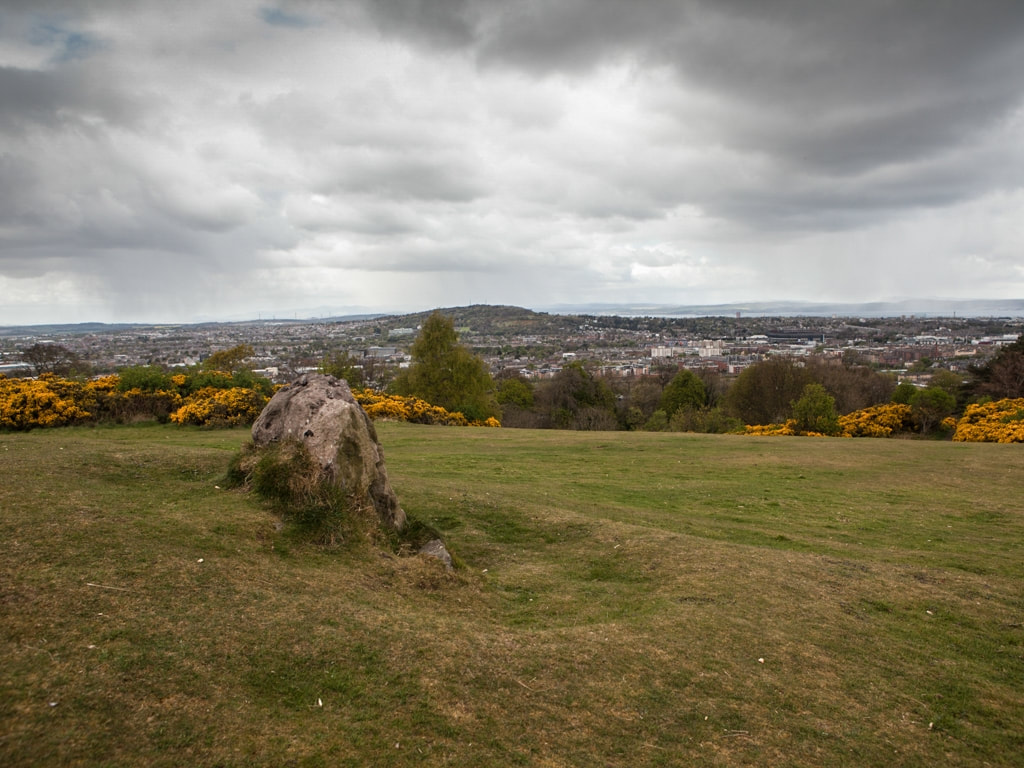
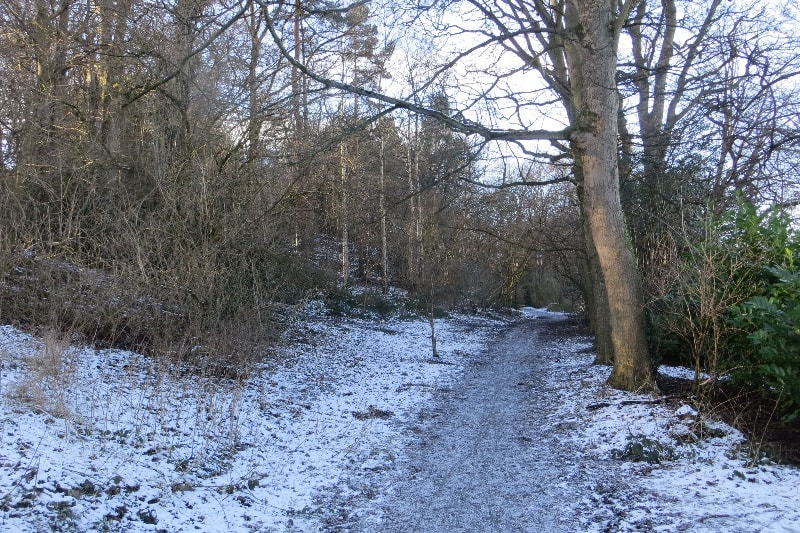
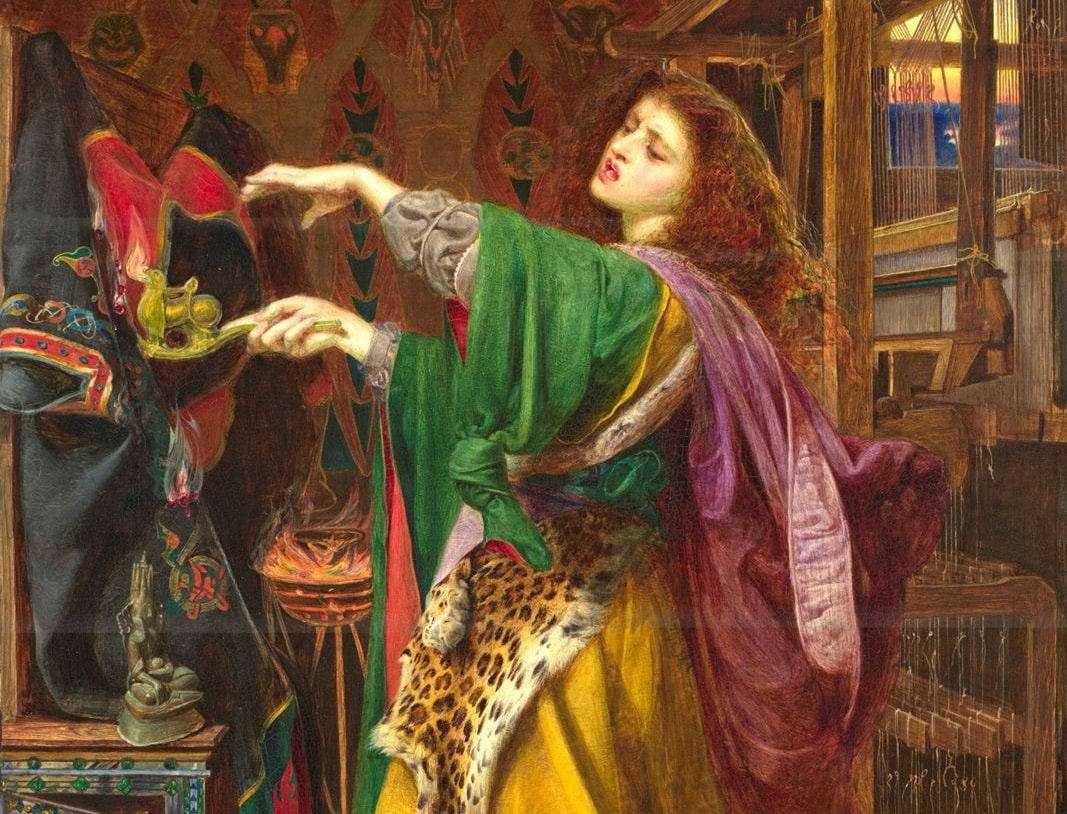

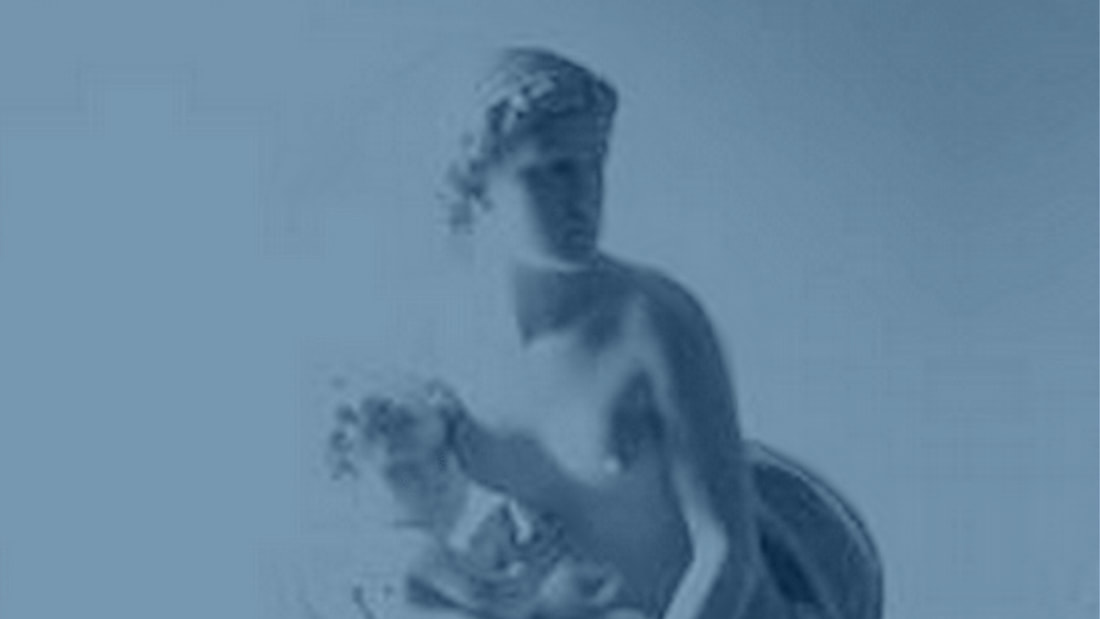
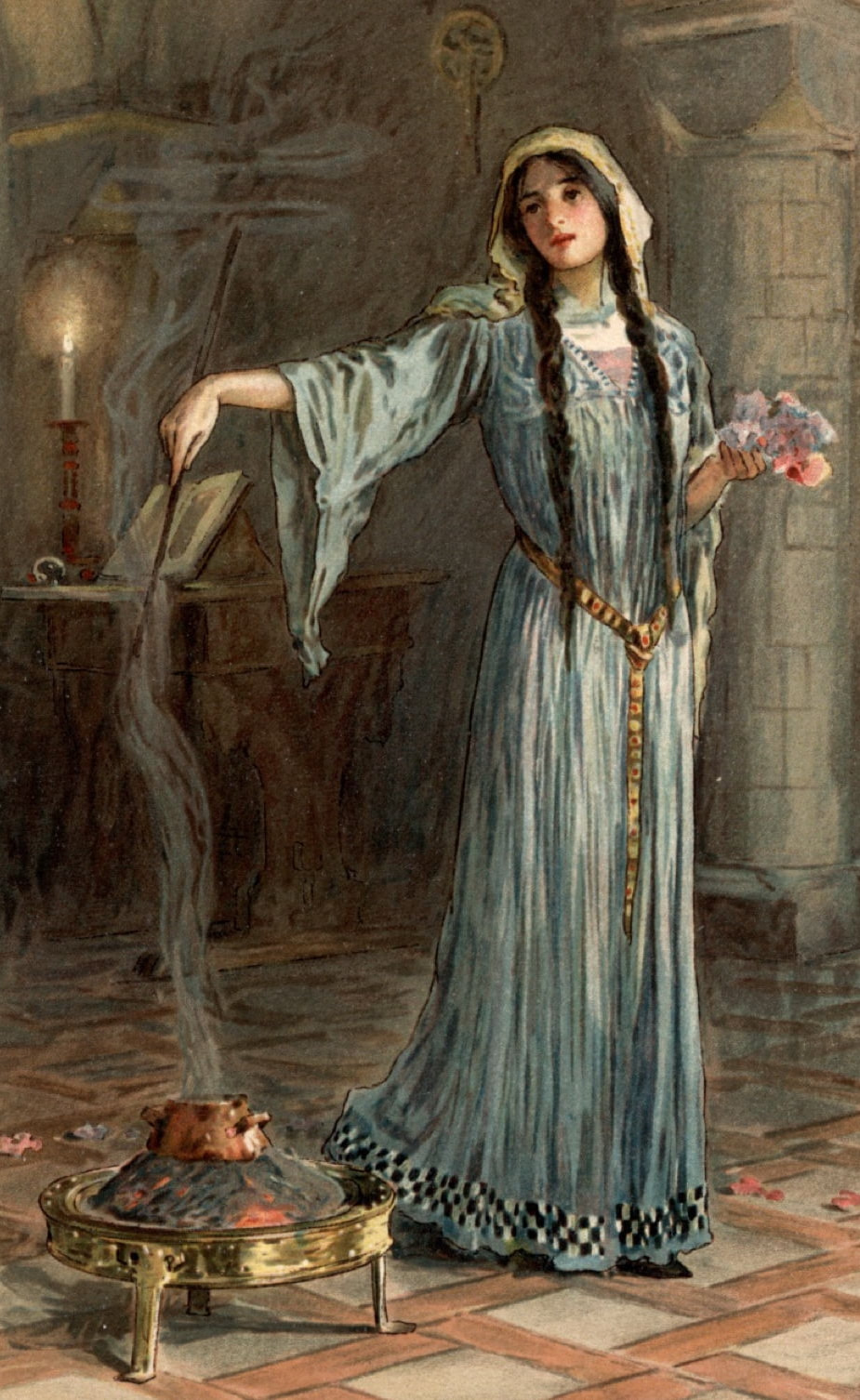
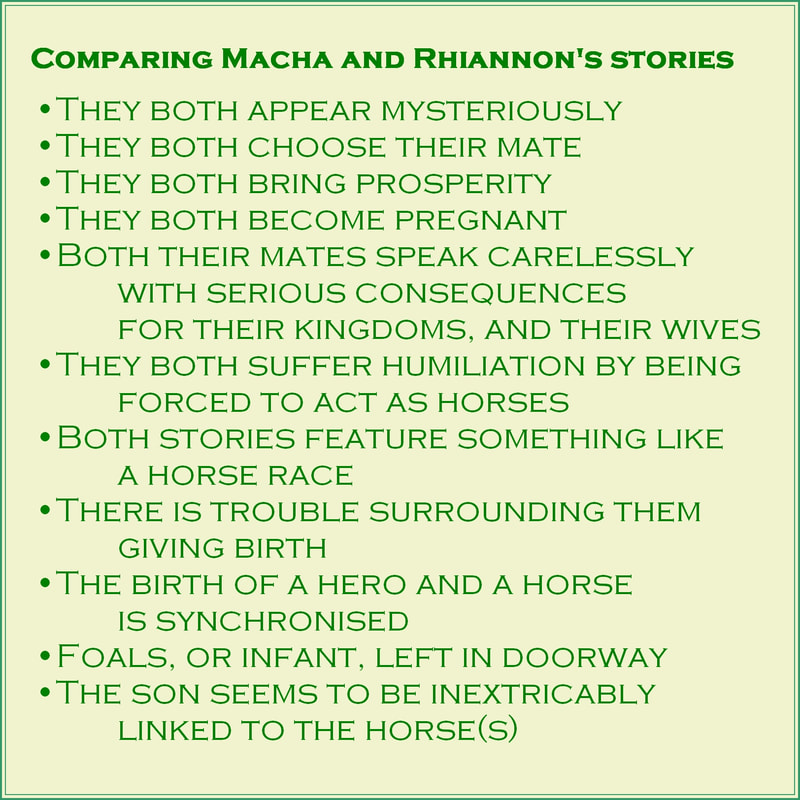

 RSS Feed
RSS Feed


